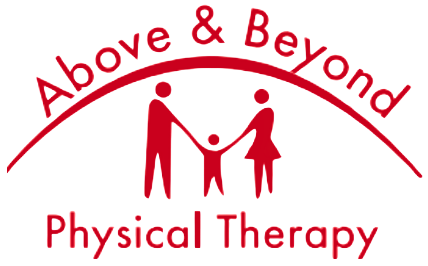Lumbar instability syndrome is most often indicated by pain in the lower back. It is a condition whereby the muscles and ligaments surrounding the spine do not hold the spine securely enough to prevent or …
Lumbar instability syndrome is most often indicated by pain in the lower back. It is a condition whereby the muscles and ligaments surrounding the spine do not hold the spine securely enough to prevent or stop injury. These muscles and ligaments are the “stabilizing system” of the spine.
So when you are bending, lifting, and twisting you are at risk for injury when you have lumbar instability syndrome. This can lead to dysfunction, deformity and pain.
Causes of Lumbar Instability Syndrome
Causes of lumbar instability can include: degenerative disease, trauma, infection, tumors, postoperative complications, scoliosis and more. If you have ongoing (chronic) lower back pain, it could be an indication of lumbar instability syndrome.
Physical therapy can help manage lumbar instability. Your physical therapist can help to provide education on proper movements, and what to do and not do. Physical therapy can also help to strengthen the back and improve spine stability.
Common Symptoms of Lumbar Instability Syndrome
The symptoms of lumbar instability are usually similar to sciatica: often deep, very painful that can start in the lower back and radiate down into the leg. Pain may be worse after standing for a long period of time. Signs may start with back pain or weakness.
Physical therapy will focus on efforts to provide patients with a program or exercises to increase the strength in support of the spine. Your physical therapist may also recommend limiting certain movements, such as bending and twisting. This will also help alleviate your symptoms and pain.
Your physical therapist may also have other recommendations about how to go about your day-to-day movements differently to help your condition. In addition to strengthening the muscles to help stabilize the spine, recommendations will also focus on decreasing stress on your lower spine.
If you are suffering from lower back pain, it may be due to lumbar instability. To see what physical therapy can do for lumbar instability syndrome, contact us today.
Request an Appointment
Enter your details below to take your first step toward recovery.



